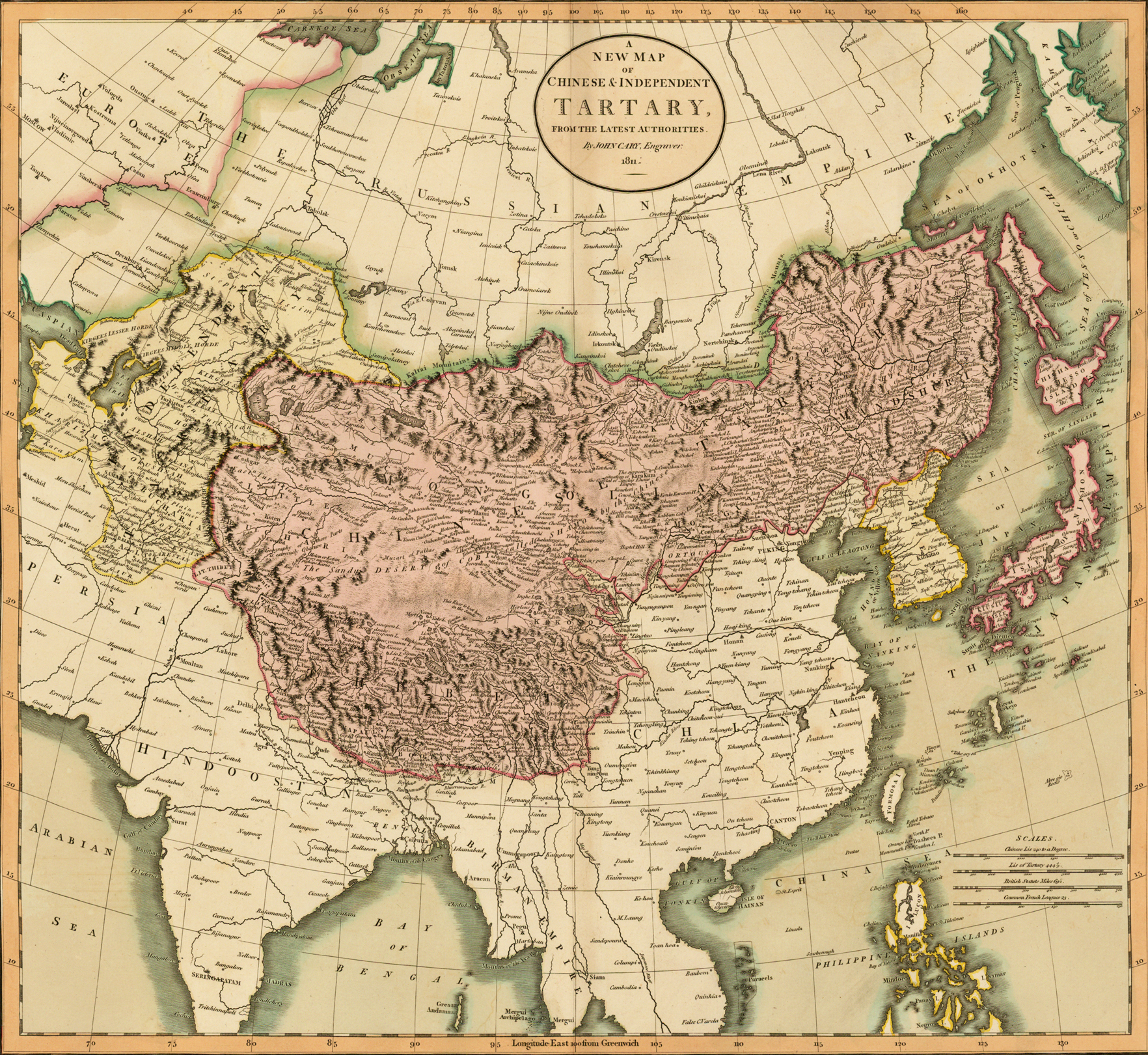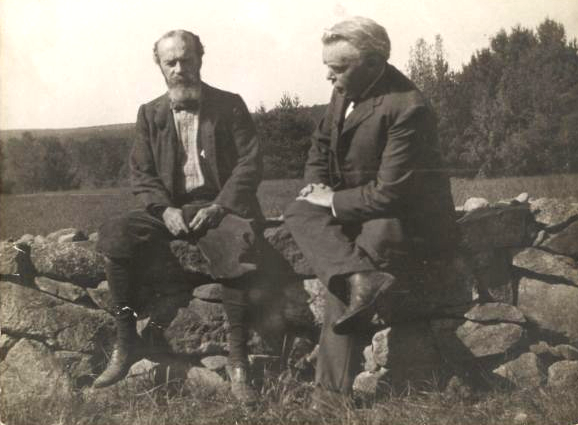Hurricane Florence has done something strange.
The My Sister in law Reluctantly Climbed on TopCategory 4 storm -- which is expected to make landfall somewhere in the Southeastern U.S. on early Friday morning as a major hurricane -- has broken with a 170-year long history of Atlantic hurricanes to now target the United States.
Since 1851, there have been 33 named-storms that churned within 100 miles of Florence's position in the middle of the Atlantic. None of them, according to a tweet from hurricane scientist Phil Klotzbach, ever made landfall in the U.S.
SEE ALSO: Hurricane Florence is on its way to the East Coast. Here's what to expect.But some unusual weather is steering Florence westward, straight into the U.S.
"All its friends of years gone by have all been going to the north, while this one is going to the west," Brian McNoldy, a senior research associate at the University of Miami's Rosenstiel School of Marine and Atmospheric Science, said in an interview.
This Tweet is currently unavailable. It might be loading or has been removed.
Specifically, a potent mass of high pressure over the Atlantic has blocked Florence from traveling north, away from the U.S.
"Usually storms that are located there are already recurving toward the north," said McNoldy. "This an anomalous storm."
Last Thursday, Florence had lost its status as a hurricane, weakening to a tropical storm, which has sustained maximum winds speeds of less than 74 mph.
"It weakened significantly," said McNoldy.
The storm passed through an area of powerful wind shear -- winds that hit storms at their sides, and weaken a hurricane's strength. But as meteorologists predicted, Florence made it through this temporary threat.
This Tweet is currently unavailable. It might be loading or has been removed.
"As soon as it got out of that [shear] it began to regain strength," said McNoldy. "There's nothing to inhibit it now."
What's more, hurricanes feed off of warmer ocean waters, and Florence has now entered an area of the Atlantic with waters that are typically warm enough to support a hurricane. But right now, these already-warm waters are even warmer than usual, noted McNoldy.
The ocean temperatures Florence will pass through will peak near 85 degrees Fahrenheit, the National Hurricane Center (NHC) said.
"That certainly doesn't help the situation," McNoldy said.
The end result is that the NHC forecasts a powerful, destructive storm hitting the Southeastern U.S. early Friday with intense wind speeds of 145 mph, which are then expected to fall to around 85 mph after moving inland.
This Tweet is currently unavailable. It might be loading or has been removed.
But from there, the situation will likely grow worse.
There are no influential weather systems, like the high-pressure system that steered Florence toward the U.S. in the first place, to keep it moving along. This portends heavy rainfall and flooding as the storm stalls over the area.
"That's actually what happened last year for Hurricane Harvey," said McNoldy, noting that Harvey stagnated over Houston and dropped historic rainfall on southeastern Texas, becoming the second-most costly hurricane in U.S. history.
As for Florence in the Southeastern U.S., "It could remain in place for the entire weekend," said McNoldy.
(Editor: {typename type="name"/})
![Creator job opportunities grew 7x in recent years [April 2025]](http://n.sinaimg.cn/news/transform/w600h400/20180309/GsPK-fxpwyhw3385146.jpg?zdy) Creator job opportunities grew 7x in recent years [April 2025]
Creator job opportunities grew 7x in recent years [April 2025]
 In Aaron Wexler’s Collages, the Tangle of Nature
In Aaron Wexler’s Collages, the Tangle of Nature
 Say Goodbye to Authors and Hello to Authorpreneurs
Say Goodbye to Authors and Hello to Authorpreneurs
 How a New Movie Sparked a Confused Quest for the Iliad
How a New Movie Sparked a Confused Quest for the Iliad
“A Sign,” a Poem by Philip Levine
 Philip Levine’s “A Sign”By Dan PiepenbringFebruary 18, 2015From the ArchivePhilip Levine in 1980.Thi
...[Details]
Philip Levine’s “A Sign”By Dan PiepenbringFebruary 18, 2015From the ArchivePhilip Levine in 1980.Thi
...[Details]
Advice for Travelers: Beware Cannibals! by Charles Lamb
 Advice for Travelers: Beware Cannibals!By Charles LambFebruary 10, 2015CorrespondenceA map by John C
...[Details]
Advice for Travelers: Beware Cannibals!By Charles LambFebruary 10, 2015CorrespondenceA map by John C
...[Details]
Thomas Bernhard Knew How to Mock Awards Shows
 Certificate of TastelessnessBy Dan PiepenbringFebruary 9, 2015Department of TomfooleryThomas Bernhar
...[Details]
Certificate of TastelessnessBy Dan PiepenbringFebruary 9, 2015Department of TomfooleryThomas Bernhar
...[Details]
Best tablet deal: Save $45 on Amazon Fire HD 10 tablet
 SAVE $45:As of April 24, the Amazon Fire HD 10 tablet is on sale for $94.99 at Amazon. That's a savi
...[Details]
SAVE $45:As of April 24, the Amazon Fire HD 10 tablet is on sale for $94.99 at Amazon. That's a savi
...[Details]
Why Did the Phrase “Brown Study” Fall Out of Fashion?
 Golden BrownBy Sadie SteinFebruary 3, 2015Our Daily CorrespondentE. Lomont, An Alchemist, 1890.Here’
...[Details]
Golden BrownBy Sadie SteinFebruary 3, 2015Our Daily CorrespondentE. Lomont, An Alchemist, 1890.Here’
...[Details]
Richard Nixon: Our Greatest President
 Four Poems by Richard Milhous NixonBy Dan PiepenbringFebruary 16, 2015Out of PrintAbraham Lincoln, J
...[Details]
Four Poems by Richard Milhous NixonBy Dan PiepenbringFebruary 16, 2015Out of PrintAbraham Lincoln, J
...[Details]
William James Hated to Be Photographed
 Damn the AbsoluteBy Dan PiepenbringJanuary 19, 2015Arts & CultureWilliam James, left, and Josiah
...[Details]
Damn the AbsoluteBy Dan PiepenbringJanuary 19, 2015Arts & CultureWilliam James, left, and Josiah
...[Details]
Best portable power station deal: Save $179.01 on the EcoFlow River 2 Max
 SAVE $179.01:The EcoFlow River 2 Max portable power station is on sale at Amazon for $289.99, down f
...[Details]
SAVE $179.01:The EcoFlow River 2 Max portable power station is on sale at Amazon for $289.99, down f
...[Details]
Tomi Ungerer on Drawing, Politics, and Pushing the Envelope
 All in One: An Interview with Tomi UngererBy Sarah CowanJanuary 30, 2015At WorkTomi Ungerer. © Luc B
...[Details]
All in One: An Interview with Tomi UngererBy Sarah CowanJanuary 30, 2015At WorkTomi Ungerer. © Luc B
...[Details]
Nintendo Switch 2 preorder just days away, per leak

Staff Picks: Kathy Acker, Egon Schiele, Elena Ferrante, and More

接受PR>=1、BR>=1,流量相当,内容相关类链接。